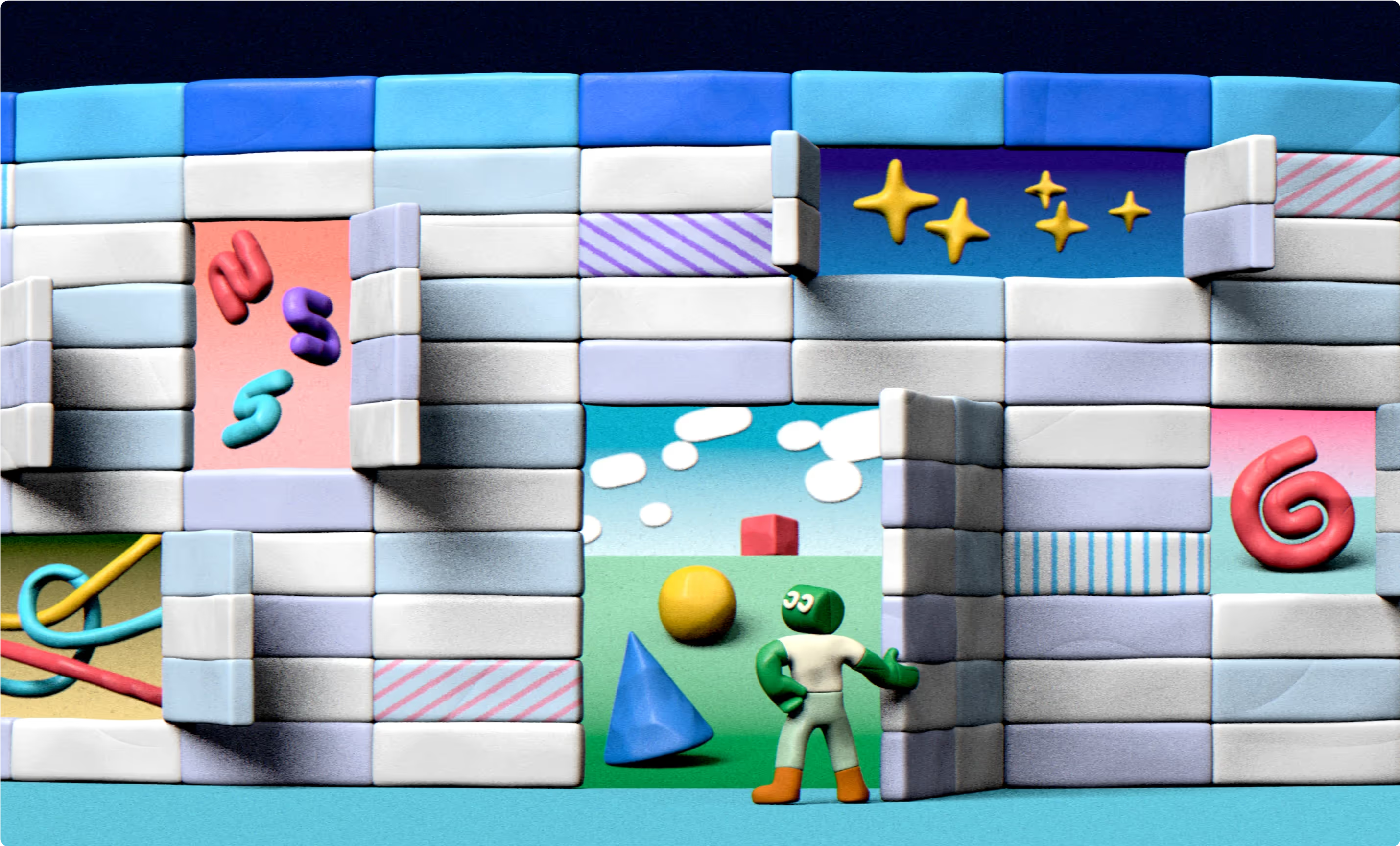Inbound Automation with Clay: From Lead to Close in Record Time 🏎️ 💸
If you’ve been following along with Clay 101, you’ve already dove into how to find prospects, enrich data, and build powerful, flexible outbound workflows.
But what happens when prospects come to you first?
Getting an increasing volume of inbound leads can be just as exciting as it is overwhelming. Effective inbound processing currently requires a huge manual lift: once a rep gets notified, they have to research, qualify, score, route, and respond to the lead that could come in from a variety of disjointed sources. Relevant data on leads can often be inaccurate, fragmented, or difficult to find, making the whole workflow even more of a pain.
🚄 Speed to Lead, Powered by Clay
All this leads to a major problem – compromised Speed to Lead.
Speed to Lead is the most important metric to track for inbound. The research is clear – after just five minutes, the odds of qualifying a lead fall by 80%! On the flipside, if you respond to leads within 5 minutes, you’re 100 times more likely to connect with them than if you waited just an hour.
When lead volumes grow, sales teams need an automated system for making sure no potential prospect falls through the cracks. But speed is now table stakes. To build true GTM alpha, that secret sauce that keeps your team ahead of the curve, you need to combine speed with intelligence.
🥅 Goals for this course
By the end of this course, you’ll be able to use Clay to:
- Automatically enrich every new inbound lead with firmographic and demographic data along with creative, high-context intent signals
- Clean and normalize lead data automatically
- Score and triage leads using custom criteria
- Intelligently route leads to different reps
- Personalize 1:1 messaging to every inbound lead at scale
- Export lead data to your CRM, Slack, or outbound tools instantly
Most importantly, Clay allows your team to shift from reactive to proactive. Rather than treating inbound leads as static form fills sitting in a queue, you’ll view every single one as a buying signal that deserves instant, high-context attention.
The bar is higher than ever. Your prospects expect you to know who they are, what they do, what they care about, and why they’re reaching out before you even hop on that first intro call. Clay enables reps to respond like humans, but at machine speed.
This is the essence of designing for intelligence. You’re not replacing reps, but empowering them with all the context they need, exactly when they need it.
The process of using Clay to uplevel manual inbound processes - being able to understand the pain point, think about it systematically, solve for it computationally, then implement it all at scale, is exactly what GTM engineering is all about.
⏯️ The Inbound Automation Playbook: From Ping to Pipeline
No matter where your inbound lead comes in, whether that’s from a website form fill or webinar signup, the core process is very consistent:
- Leads come in and are enriched with data to gather context
- Use data to feed your scoring model and determine if each lead meets your criteria
- Score and route direct qualified leads to the correct reps on your team
- Push leads and personalized messaging to your outreach tools and CRM
Sound familiar? It’s just like the FETE (Find, Enrich, Transform, Export) framework you learned in Clay 101, this time just with an inbound focus.
The main differentiator is what source that lead comes from and how you piece that source data into your enrichments and broader GTM strategy.
This is where the Jigsaw Framework comes in. In Clay, corner puzzle pieces are the essential identifiers you need, which can be easily found using native enrichments. After you have the edges in place, you can fill in with firmographic, demographic, technographic, and even behavioral data, gathered using Clay’s native enrichments, AI web scraping, and integrations.
Inbound automation is just one example of how these two frameworks, FETE and Jigsaw, come together to help you effectively tackle a tangible GTM challenge.
What comes next?
In the next lesson, we’ll start walking through how to build your custom inbound engine.
You’ll learn how to intake leads from an array of diverse sources and consolidate them, helping close any blind spots in your funnel.
Over the course of these lessons, we'll walk through every step of how Clay handles inbound automation, showing you how it can flexibly fit your organization’s needs and tools.
Connect, explore and learn together
Read our GTM blog, or try out our top Claybooks and templates to transform your growth ideas into outreach in minutes.





















